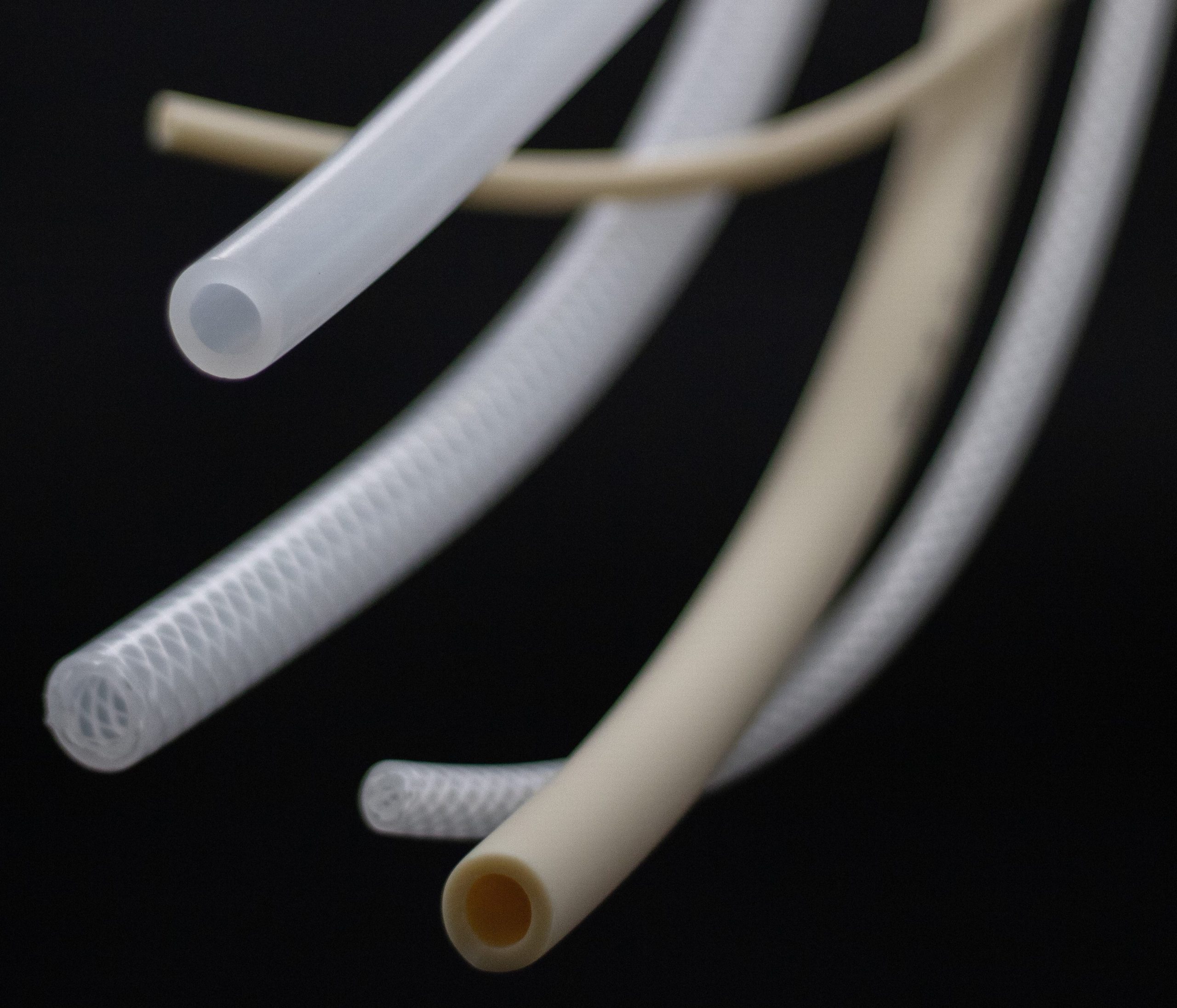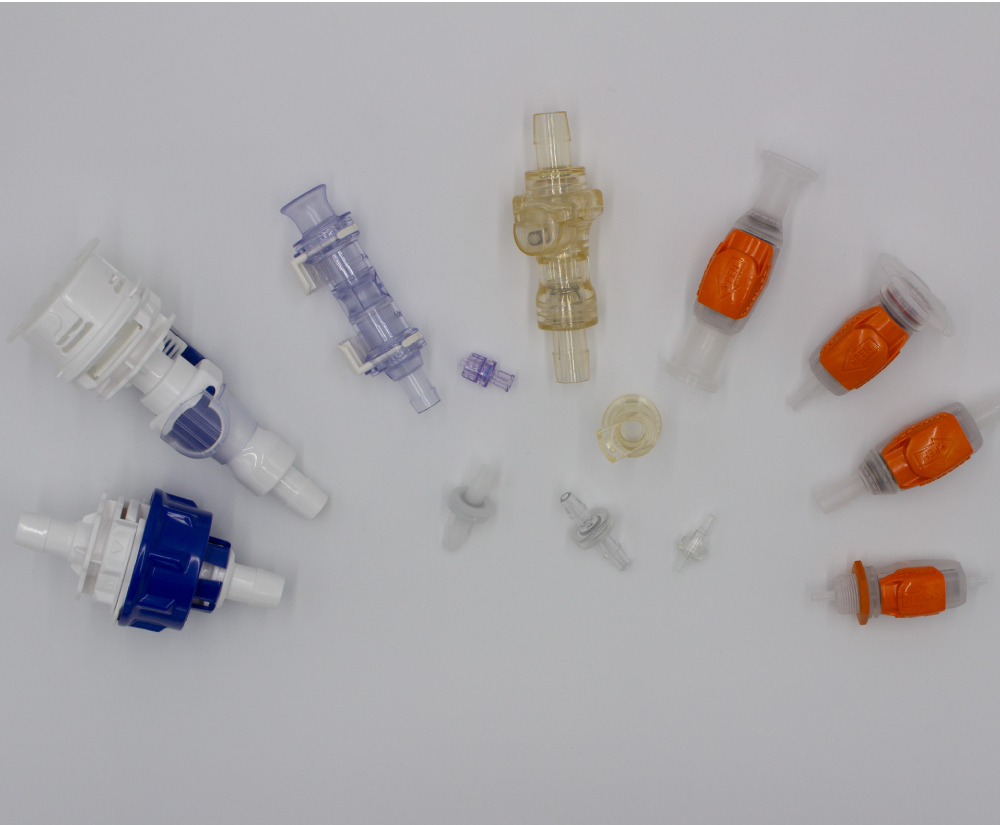Chemical Compatibility
Chemical compatibility is essential for creating safe and efficient laboratory environments. As the use of chemicals in laboratories is common practice, it is vital to understand how these substances interact with one another. This article will provide an overview of the importance of chemical compatibility and how to ensure that your laboratory environment is as safe and efficient as possible. By learning more about chemical compatibility, professionals can create a secure and productive laboratory space.
Understanding chemical compatibility
Understanding chemical compatibility is essential in laboratory environments as it ensures the safety of personnel and the quality of results. Chemical compatibility is the ability of two or more substances to interact with one another without creating any adverse effects. It is important to understand how different chemicals interact because these interactions can be both dangerous and affect the efficacy of experiments.
The most common type of chemical incompatibility is called a “chemical reaction”, which occurs when two or more substances interact and produce an undesirable result. For example, mixing acids with bases can cause a release of heat energy that can be dangerous if not handled properly. Additionally, incompatible materials can also cause corrosion or contamination in a laboratory environment, leading to compromised results if not addressed immediately.
When assessing a material’s compatibility with other substances in the lab, there are several factors that need to be taken into consideration such as temperature range, pH level, solubility, viscosity, and specific gravity. Professionals should also consider any potential long-term reactions between materials that may not be visible immediately after use but may have an effect over time, such as storing solutions in containers for long periods of time.
To assess chemical compatibility accurately, it is important to have access to reliable data on each material being tested such as manufacturer information sheets and Material Safety Data Sheets (MSDS). Additionally, professionals should always check for product recalls before introducing any new products into their laboratory environment as this could lead to unexpected reactions due to production defects or incorrect labeling. By understanding chemical compatibility and taking all necessary precautions when handling materials in a laboratory environment, professionals can ensure the safety and efficiency of their lab workspace.
Safety tips for handling chemicals
When working with chemicals in a laboratory environment, it is essential to take the necessary safety precautions to protect yourself and others. The most important safety tip when handling chemicals is wearing personal protective equipment (PPE) such as a lab coat, gloves, and safety goggles. Additionally, reading and understanding the manufacturer’s instructions/pictograms for proper use and disposal of chemicals is essential. Labeling all containers with the chemical name, concentration, and date of purchase can help ensure that you never mix up two different chemical substances.
It is also important to keep chemicals away from heat sources and open flames. This will help prevent explosions or other dangerous scenarios due to chemical reactions. Finally, storing the chemical in well-ventilated areas can help minimize any exposure to hazardous fumes or gases that may be present in the container.
By following these safety tips when handling chemicals, professionals can ensure the safety and efficiency of their laboratory environment while keeping themselves safe from harm. Taking extra precautions such as double-checking labels before use or wearing protective gear may seem like small steps but are essential for preventing accidents or mistakes while working with potentially hazardous materials.
Choosing materials with the correct chemical properties
When choosing materials for use in a laboratory environment, it is important to choose materials with the correct chemical properties. Not only can this help ensure safety and efficiency in the lab, but it can also make sure that any experiments carried out are not compromised by the wrong material being used.
Researching potential materials before purchase is essential to ensure that they have the desired properties and are suitable for use in a laboratory environment. Many manufacturers provide detailed specifications of their products, including information about their chemical compatibility which can be invaluable when making decisions. Additionally, using compatibility charts is a great way to get an overview of which compounds are suitable for mixing with other substances, including those within your own lab. It is also important to remember any regulatory standards or certifications that must be met when selecting materials – these should be considered during the research process.
By considering all relevant information and researching potential materials thoroughly prior to purchase, professionals can make sure that they select the right material for the job every time and create safe and efficient laboratory environments.
Avoiding chemical reactions in the lab
In a laboratory environment, it is of utmost importance to understand the properties of the chemicals being used and to take all necessary precautions to ensure that no reactions occur. This not only ensures the safety of personnel, but also helps maintain the efficiency of experiments and processes. Here are a few tips for avoiding chemical reactions in the lab:
1. Properly maintain lab equipment: It is important to regularly inspect laboratory equipment and make sure it is always working properly. Faulty or malfunctioning equipment can lead to unexpected reactions or accidents.
2. Store chemicals away from sources of heat or sparks: Chemicals should be stored away from sources of heat, sparks, or any other ignition sources as these can cause unexpected reactions or explosions.
3. Take temperature and pH into consideration: Temperature and pH both play an important role in chemical reactions as some compounds may react faster at higher temperatures while others may react more quickly at lower pH levels. It is important to be aware of this when performing experiments so that any potential risks are minimized.
4. Use a fume hood when handling volatile or hazardous chemicals: Working with volatile or hazardous chemicals poses an extra risk, which is why it is important to use a fume hood whenever possible when handling these types of substances in order to avoid contact with hazardous fumes and gases.
5. Avoid mixing different chemical solutions in the same container: Mixing different chemical solutions in the same container can cause unexpected reaction as they may interact with each other in unpredictable ways, leading to dangerous situations such as explosions or fires. To avoid such incidents, it is best practice to use separate containers for each type of solution being used in an experiment and label them clearly with their contents for easy identification later if needed.
6. Use proper materials to transfer/store chemicals: Using improper tubing, vessels, and components to transfer or store your solutions can cause many undesirable outcomes. Outcomes such as extractables, leachables, or outright failure in holding or transfer of said solution. Be sure to use a chemical compatibility chart beforehand when transferring or storing your solutions.
By considering all relevant information and researching potential materials thoroughly prior to purchase, professionals can make sure that they select the right material for the job every time. This will ensure a safe and efficient laboratory environment for everyone.





